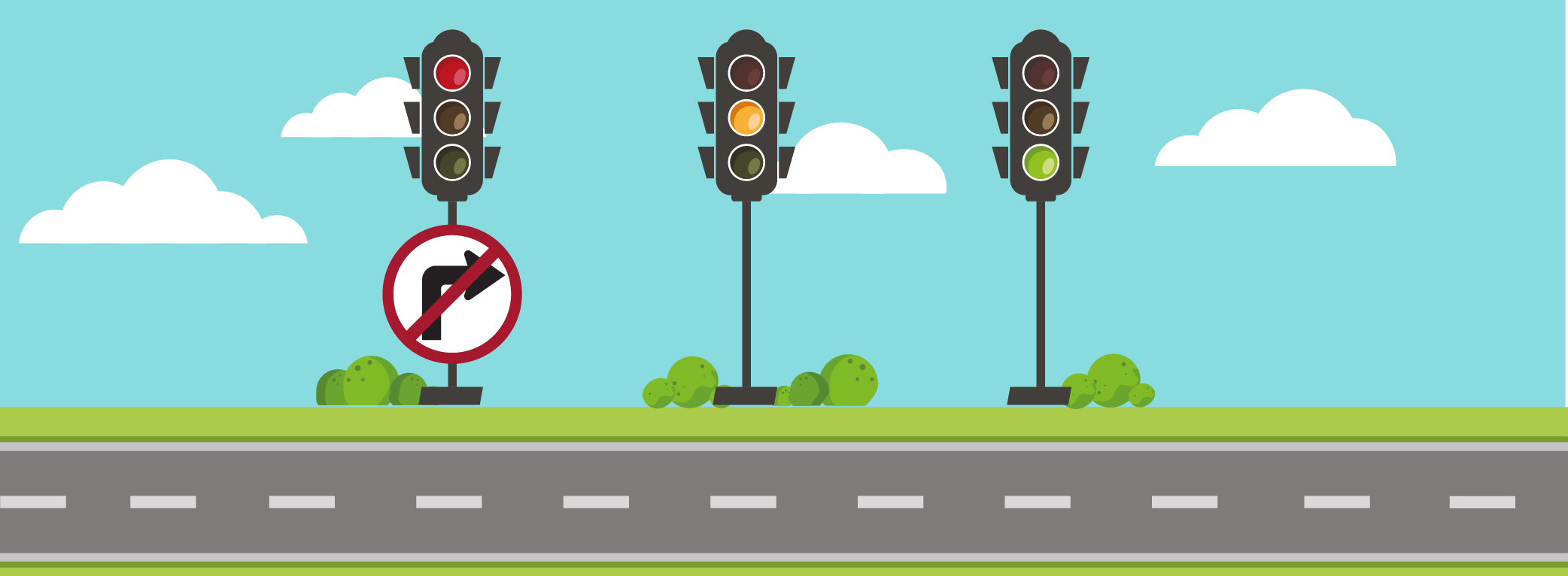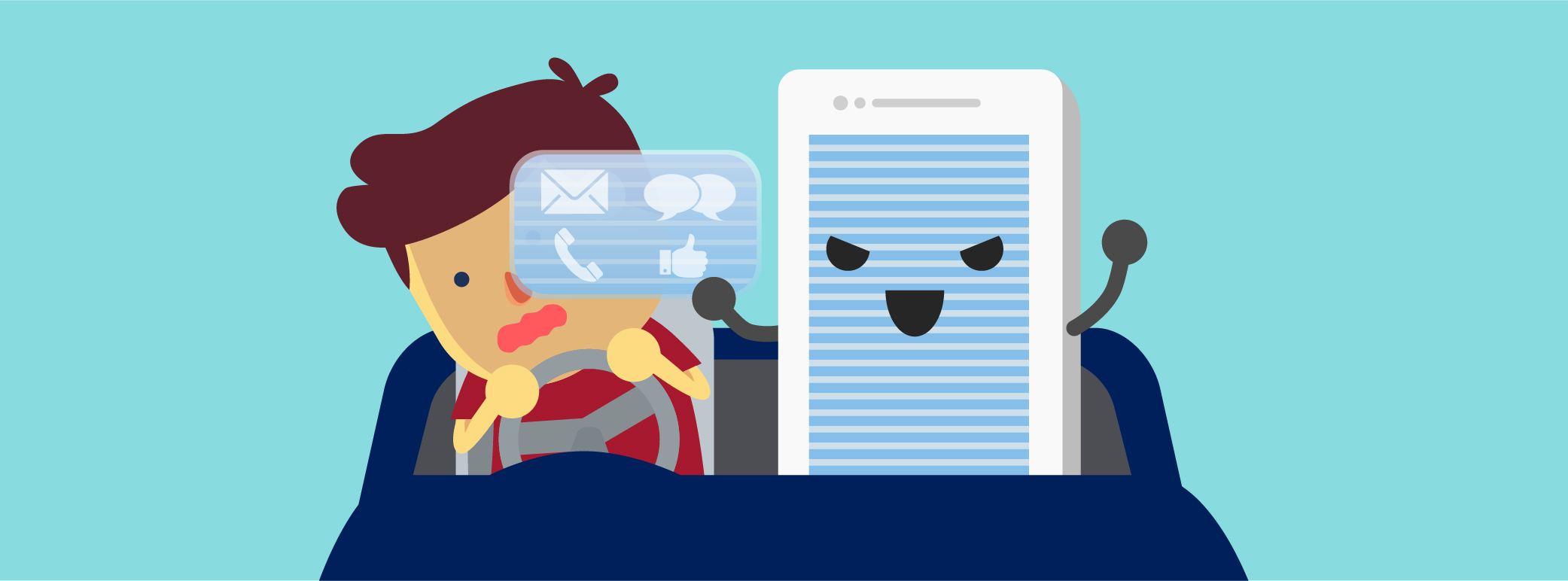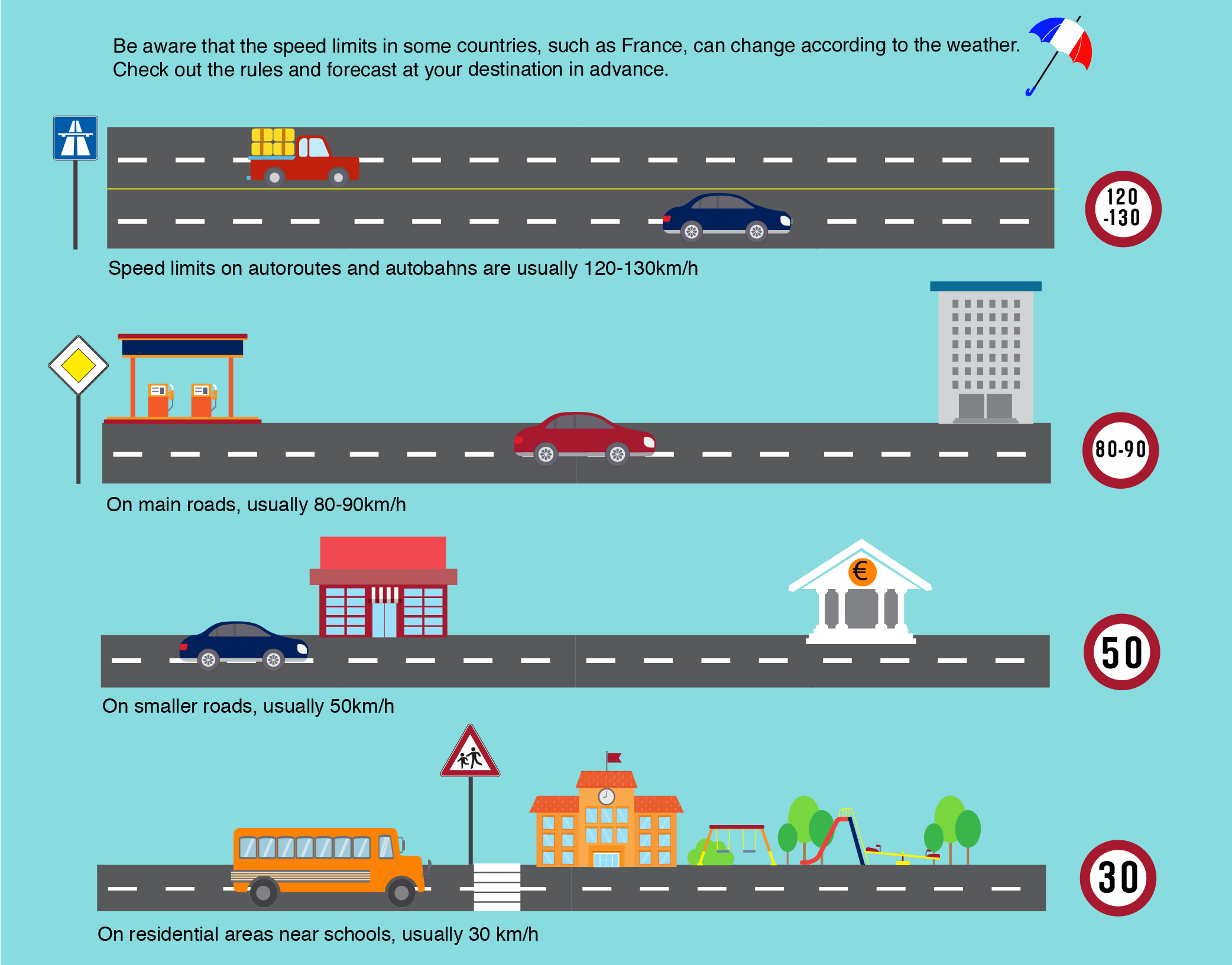Tips for safe driving in Europe

Exploring Europe by car this summer? It’s a brilliant way to get to know the continent while enjoying the freedom of four wheels. However, you might find that many of the rules and regulations are different from where you live, from speed limits and seatbelt laws to turning right on a red light. Here’s how to stay safe, secure and within the law while driving in Europe, wherever you may be headed.
Before you go
Look up a guide to European road signs online, and brush up on what the different symbols mean—you might find some are different from at home. Verify that your licence can be used abroad, and read up on any rules around passing and overtaking in your destination country as these can vary by location. Make sure to check parking rules, costs and regulations too. These can occasionally be rather complicated and involve certain days of the week or residence permits!
If you know where you’re heading, plan out the route in advance so you can focus on the traffic rather than the stress of navigating your way through an unknown place. It's vital to always check what your travel or car insurance at home covers before you rent a car—you might find that your Generali insurance is more comprehensive than the one offered by the rental car company!
Documentation
Along with your licence documents, bring travel insurance documents and an EHIC if you have one. If you’re driving your own car, bring a copy of your registration and breakdown insurance documents too. Some countries require a permit sticker for expressways which is usually included in the rental price, but make sure to verify this with them before you hit the road.
General rules
While the wide range of countries in Europe often have different regulations, there are some universal driving rules which will help you stay on the right side of the law.
Wear your seatbelt
This is a strict legal requirement across Europe.
Drive on the right side of the road
This is the general rule across Europe, except for in the UK, Malta, Cyprus and the Republic of Ireland.
It’s illegal to turn right on a red light
The only exceptions are when it is authorised by a sign.
Don’t drink and drive
Blood alcohol limits are often very low or zero, making it easy to get caught out even if you just have a small drink with your dinner. In France, all cars need a breathalyser, which will be supplied if you rent there, but you’ll need to get one if you rent outside and come into the country.
Don’t use your phone
Making calls or texts while driving is illegal in most European countries.
Above all, it’s essential to familiarise yourself with any specific laws in your destination country before getting behind the wheel, including those designating things that must be in the car if you’re crossing countries or driving own vehicle.
Some surprising but important country-specific laws include keeping your headlights on at all times (even during the day) in Scandinavian countries and some Eastern European locations, and making sure you don’t run out of fuel on the autobahn in Germany!
Extra tips
Driving in Europe can be a very different experience to the rest of the world, particularly when it comes to crowded historic cities. Try to plan routes avoiding the centre, particularly in old cities which can be hard to navigate and full of one-way rules. Cars are also banned in some European city centres, or subject to congestion charges. Prepare yourself for long road tunnels, which can be unnerving. Don't forget to watch out for cyclists in urban areas with cycle paths, popular countryside routes or in busy cycling cities such as Amsterdam.
The roads can often be busy and filled with roadworks in the summer months of July and August, so budget for more time to get to your destination rather than rushing. Check ahead for any tolls and expressways on your route too, and if they cost a fee. It’s always worth having some spare coins around just in case, as not all of them take bank cards.
![]()






